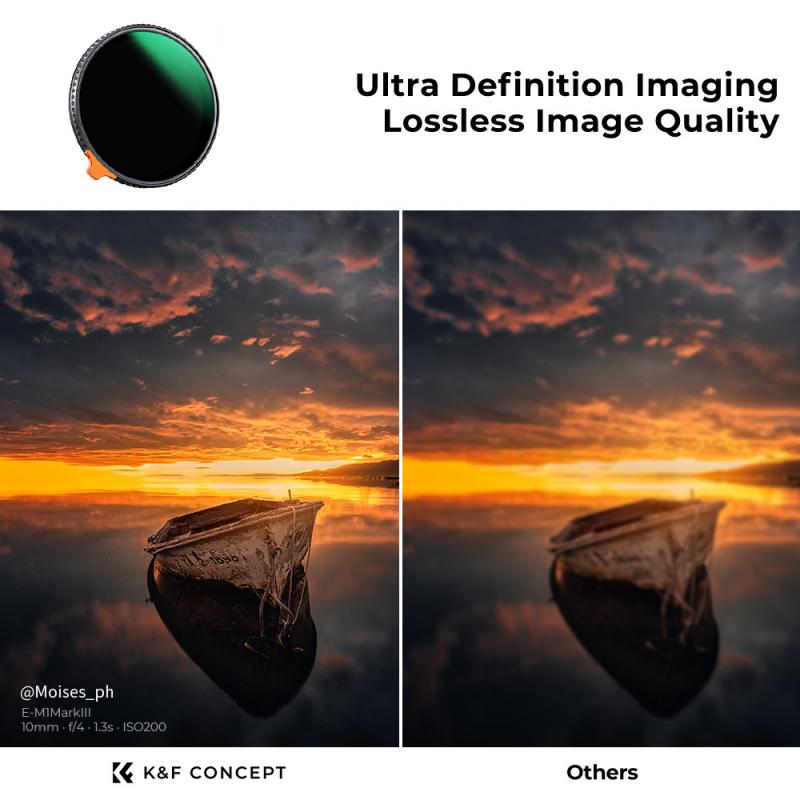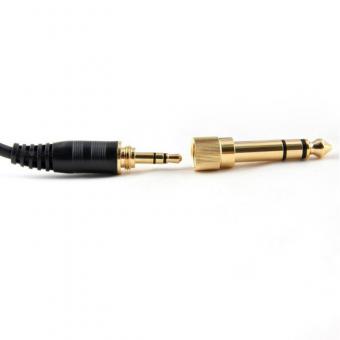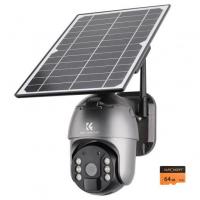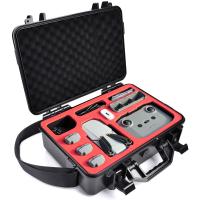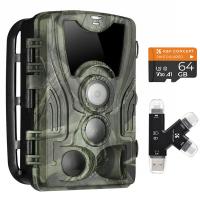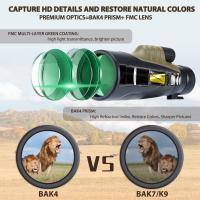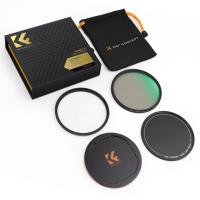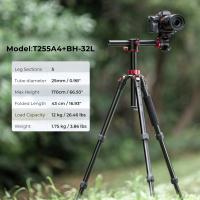What Is Nd 1000 Filter ?
The ND 1000 filter is a type of neutral density filter used in photography. It is designed to reduce the amount of light entering the camera lens without affecting the color or quality of the image. The "ND" stands for "neutral density," indicating that the filter evenly reduces the intensity of all wavelengths of light. The number "1000" refers to the filter's light reduction factor, which is equivalent to 10 stops of light. This means that when the ND 1000 filter is attached to the lens, it allows only 1/1000th of the original light to pass through, resulting in a significant decrease in exposure. This long exposure effect is often used to create motion blur in landscapes, waterfalls, or other scenes where a slower shutter speed is desired.
1、 Definition and Purpose of ND 1000 Filter
The ND 1000 filter, also known as a 10-stop neutral density filter, is a type of camera filter that reduces the amount of light entering the camera lens by 10 stops. This means that it allows only 1/1000th of the original light to pass through, hence the name ND 1000.
The purpose of using an ND 1000 filter is to achieve long exposure photography in bright conditions. By reducing the amount of light, the filter allows for longer shutter speeds, which can create stunning effects such as motion blur in moving subjects, smooth waterfalls, or streaking clouds. It is particularly useful in situations where the available light is too bright to achieve the desired effect without overexposing the image.
The ND 1000 filter is commonly used by landscape photographers to capture scenes with flowing water, such as rivers or waterfalls, as well as to create dramatic cloud movement in the sky. It can also be used in urban photography to capture long exposures of traffic or crowded areas, resulting in a sense of motion and energy.
In recent years, the popularity of the ND 1000 filter has increased due to the rise of social media platforms like Instagram, where long exposure photography has become a popular trend. Many photographers and influencers use this filter to create visually striking images that stand out from the crowd.
Overall, the ND 1000 filter is a valuable tool for photographers looking to explore creative possibilities and capture unique images in bright conditions. Its ability to reduce light and extend shutter speeds opens up a world of possibilities for long exposure photography.
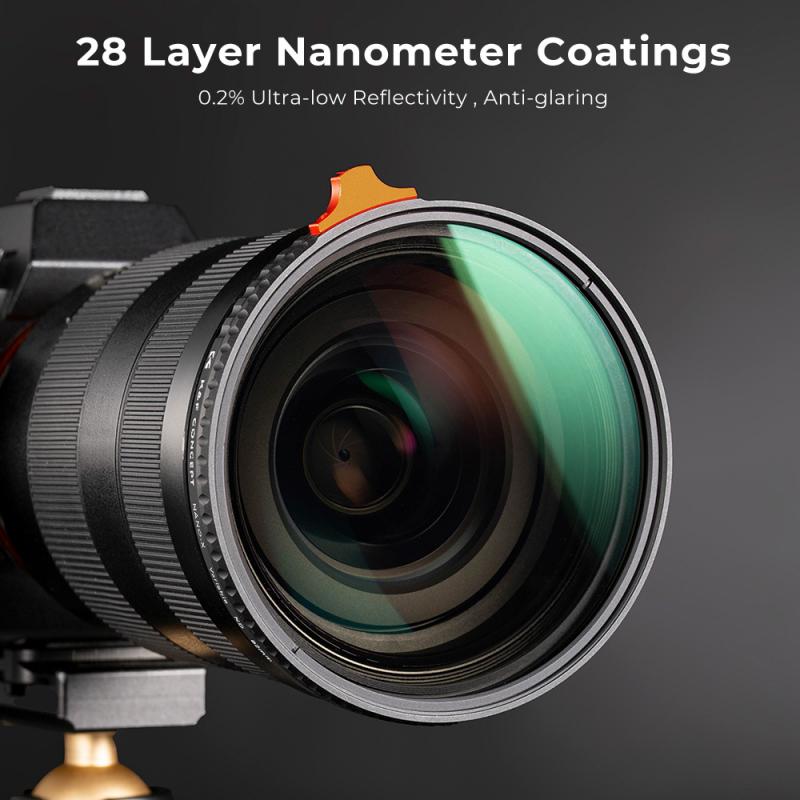
2、 Optical Properties and Light Transmission of ND 1000 Filter
The ND 1000 filter, also known as a 10-stop neutral density filter, is a popular tool used in photography and videography to control the amount of light entering the camera lens. It is designed to reduce the intensity of light by 10 stops, allowing for longer exposure times or wider apertures in bright conditions.
The primary purpose of the ND 1000 filter is to achieve creative effects in various shooting scenarios. By reducing the amount of light, it enables photographers to capture long-exposure images, even in bright daylight. This can result in stunning effects such as smooth, flowing waterfalls, streaking clouds, or blurred motion in crowded cityscapes. Additionally, the filter allows for wider apertures, which can create a shallow depth of field and isolate the subject from the background.
In terms of optical properties, the ND 1000 filter is typically made of high-quality glass or resin material that ensures minimal color distortion and maintains image sharpness. It is coated with multi-layer anti-reflective coatings to reduce flare and ghosting, resulting in clear and crisp images.
The light transmission of the ND 1000 filter is an important consideration. While it is designed to reduce light by 10 stops, it is crucial to note that some filters may have slight variations in light transmission. Therefore, it is recommended to choose a reputable brand that provides accurate light reduction to achieve consistent results.
In recent years, advancements in filter technology have led to the development of more durable and scratch-resistant ND 1000 filters. Some filters also incorporate hydrophobic coatings to repel water and make cleaning easier. Additionally, filter systems with adjustable filter holders have become popular, allowing photographers to stack multiple filters and adjust their positioning for greater flexibility in light control.
Overall, the ND 1000 filter remains an essential tool for photographers and videographers, offering creative possibilities and control over exposure in various lighting conditions.

3、 Applications and Benefits of ND 1000 Filter in Photography
The ND 1000 filter, also known as a 10-stop neutral density filter, is a popular tool used in photography to control the amount of light entering the camera lens. It is made of darkened glass or resin and reduces the amount of light passing through by 10 stops, allowing for longer exposure times without overexposing the image.
One of the main applications of the ND 1000 filter is in landscape photography. By using this filter, photographers can achieve longer exposure times, which can create stunning effects such as silky smooth waterfalls, misty seascapes, and streaking clouds. It also allows for the removal of moving objects from a scene, such as people or cars, by capturing multiple exposures and blending them together.
Another benefit of the ND 1000 filter is its ability to control the depth of field. By using longer exposure times, photographers can use wider apertures to achieve a shallow depth of field, even in bright lighting conditions. This is particularly useful in portrait photography, where a blurred background can help to isolate the subject and create a more visually appealing image.
Additionally, the ND 1000 filter can be used to capture motion in a unique way. By using longer exposure times, photographers can capture the movement of clouds, water, or other elements in a scene, creating a sense of motion and adding a dynamic element to the photograph.
In recent years, the ND 1000 filter has gained popularity among photographers who specialize in long exposure photography. This technique involves using extremely long exposure times, often several minutes or even hours, to capture the passage of time and create ethereal and dreamlike images. The ND 1000 filter is an essential tool for achieving these long exposure effects, allowing photographers to push the boundaries of creativity and capture scenes in a unique and captivating way.
In conclusion, the ND 1000 filter is a versatile tool that offers a range of applications and benefits in photography. From landscape photography to portrait photography and long exposure techniques, this filter allows photographers to control light, depth of field, and capture motion in a creative and visually appealing manner.
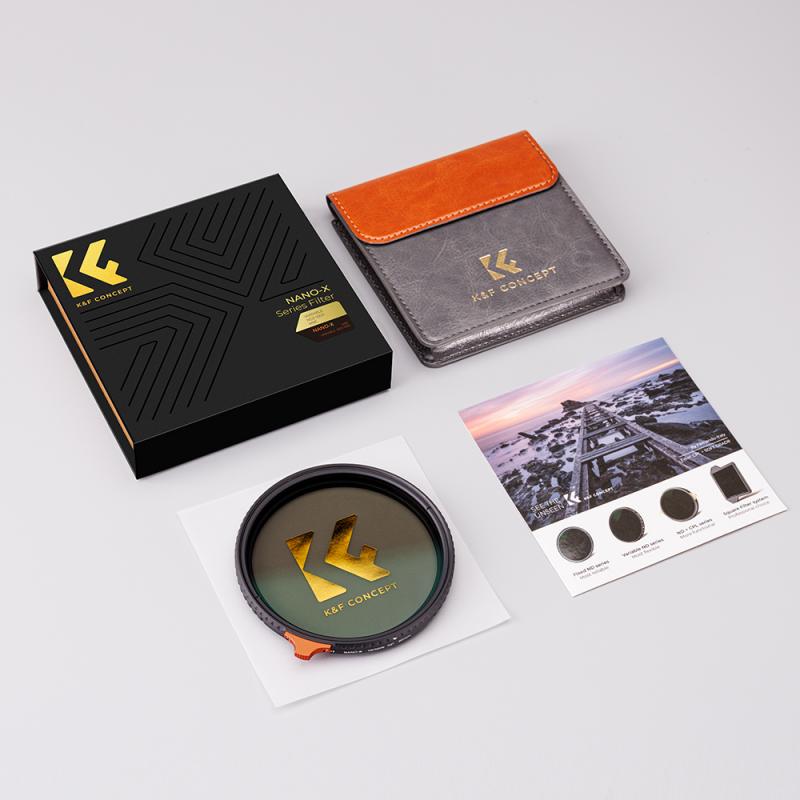
4、 ND 1000 Filter vs. Other Neutral Density Filters
The ND 1000 filter is a type of neutral density filter that is commonly used in photography and videography. It is designed to reduce the amount of light entering the camera lens without affecting the color or quality of the image. The "ND" stands for "neutral density," indicating that the filter evenly reduces the intensity of all wavelengths of light.
The ND 1000 filter is known for its high light reduction capabilities. It has a light reduction factor of 1000, which means it reduces the amount of light entering the lens by 10 stops. This makes it particularly useful in situations where there is too much light, such as when shooting in bright daylight or when using long exposure techniques.
Compared to other neutral density filters, the ND 1000 filter offers a significantly higher light reduction factor. For example, a typical ND 8 filter reduces the light by 3 stops, while an ND 64 filter reduces it by 6 stops. The ND 1000 filter allows photographers and videographers to achieve longer exposure times or wider apertures in bright conditions, resulting in creative effects such as motion blur or shallow depth of field.
It is worth noting that there are now even higher light reduction filters available, such as the ND 2000 or ND 4000 filters, which reduce the light by 11 or 12 stops respectively. These filters are particularly useful for extreme long exposure photography or for shooting in extremely bright conditions.
In conclusion, the ND 1000 filter is a popular choice among photographers and videographers for its ability to significantly reduce the amount of light entering the lens. It allows for creative control over exposure settings in bright conditions and is a valuable tool for achieving unique and artistic effects in photography and videography.
